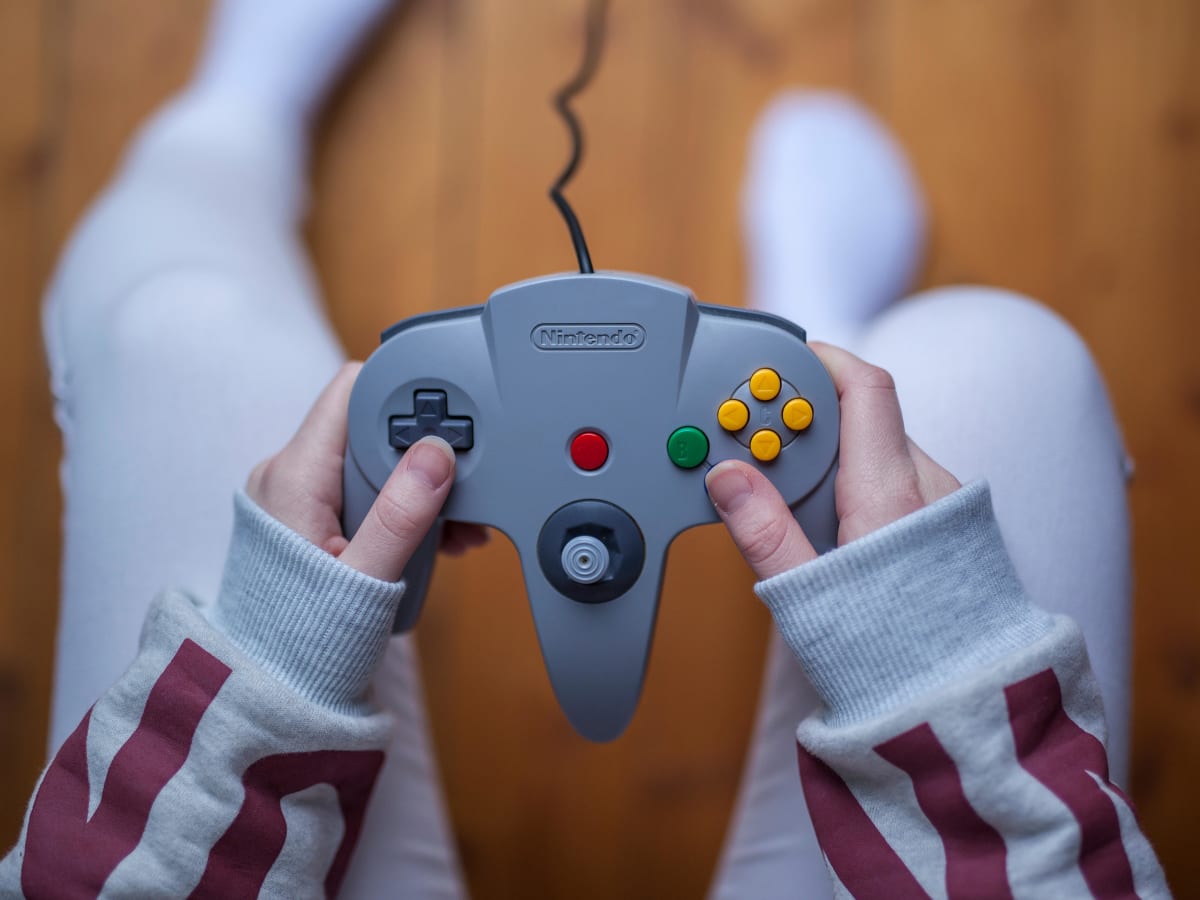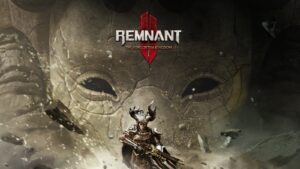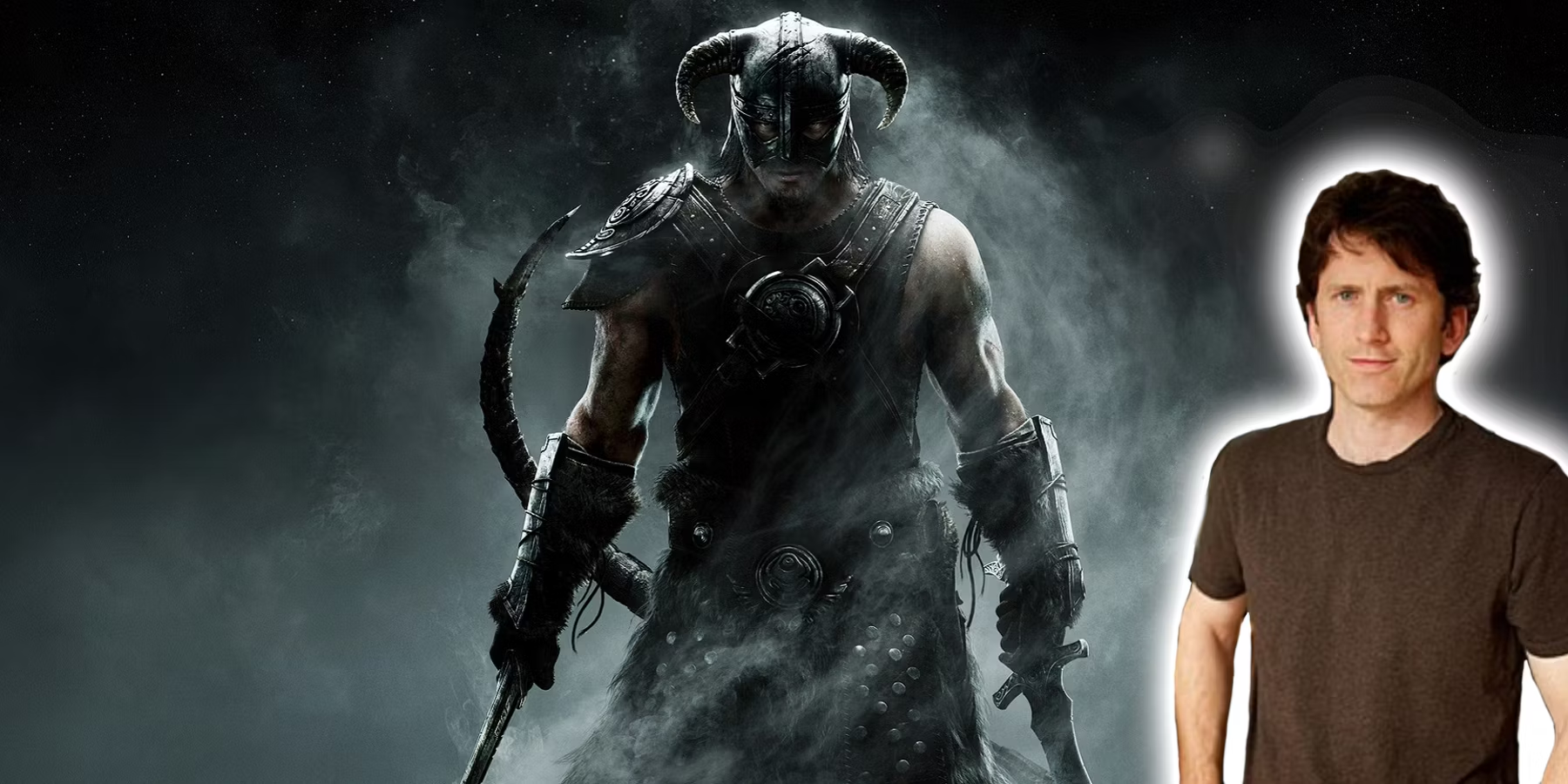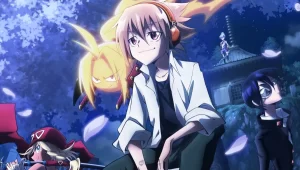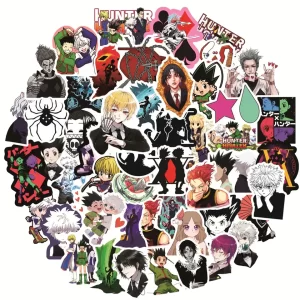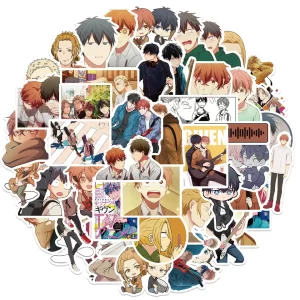This Week in Video Game History … Gamecubers happen to cross some animals, the Heartless attack, a classic Konami shooter and some Princess gets ‘napped by some giant turtle guy…
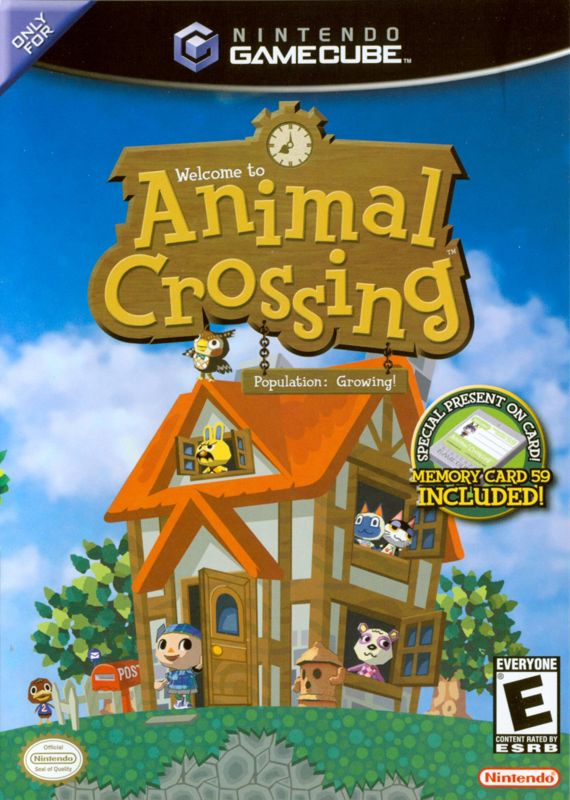
15 years ago this week, the Animal Crossing series launched in North America for Nintendo Gamecube and would go on to become one of the best-selling titles on the system.
The player takes on the role of a human who relocates to a rural village of anthropomorphic animals. Gameplay is open-ended with no defined goals or missions. Instead, players can live their virtual life at their leisure and as they see fit. You can plant plants, socialize with village residents for whom you can do odd jobs, even enter fishing competitions or engage in an early morning workout. Starting out by acquiring an absurdly small home from a helpful Tanuki (raccoon dog) landlord named Tom Nook (nice), the player then begins working for Mr. Nook having nowhere near enough funds to pay for the house in the first place. It’s ridiculous how accommodating that is, but I wouldn’t complain.
Like all sandbox and town simulation games, or as Nintendo calls them “Communication Game”, there is a fine amount of customisation of both the player and their newfound homestead, with the purchasing of furniture and eventually home expansions.
Animal Crossing simulates the real passage of time by the utilization of the GameCube internal system clock and calendar. This includes time of day, week, month, year and season, even holidays are simulated such as Thanksgiving, which the game calls the Harvest Festival, Halloween and Christmas, which the game calls Toy Day (that’s what a 6-year-old me would’ve called it).
Balloon Fight, Baseball, Clu Clu Land, Clu Clu Land D, Donkey Kong, Donkey Kong 3, Donkey Kong Jr., Donkey Kong Jr. Math, Excitebike, Golf, Ice Climber, The Legend of Zelda, Mario Bros., Super Mario Bros., Pinball, Punch-Out, Soccer, Tennis, and Wario’s Woods are all fine NES games and they’re also all hidden within the game. Some are acquired through Game Boy Advance connectivity, or an e-Reader or just good old-fashioned secret codes provided to Tom Nook and some of which can only be obtained with the use of a cheating device, which can unlock them all anyway.

Did you know that there is an anime film based on the series? Dobutsu No Mori was released solely in Japan in 2006 and is based on the best-selling and second entry of the series – Animal Crossing: Wild World for Nintendo DS. Sadly, there are no plans for localization, so if you want to enjoy it you better start studying some Japanese language, tattaima!! Oh and on that note, Dobutsu No Mori is the Japanese title for the series, which actually translates as Animal Forest.

In 2002, and the exact same week as our previous entry, Kingdom Hearts was released in North America for PS2. A result of a collaboration between Disney and Squaresoft and the combination of the characters of Final Fantasy and the many worlds of Disney, such as Peter Pan, Tarzan, Bambi, and Sleeping Beauty.
The game follows the adventures of a young boy named Sora following an attack on his home island that leads him to team up with legendary Disney characters Donald Duck and Goofy. The events that follow lead to epic battles against a villain called Ansem, his horde of dark creatures called the Heartless and his right-hand, self-proclaimed mistress of all evil – Maleficent.
The events that led to the creation of Kingdom Hearts were quite serendipitous, the initial idea for the game began at the Japanese office of Square and came from a casual conversation between Final Fantasy series producer Shinji Hashimoto and creator Hironobu Sakaguchi.
Sakaguchi and Hashimoto were discussing Super Mario 64 and a possible new game which featured exploration in a 3D environment. Seemingly forgetting about the characters of Final Fantasy, Sakaguchi and Hashimoto concluded that only characters from the worlds of Disney could compare to the likes of Nintendo’s Mario. This exchange was overheard by long-time Final Fantasy character designer and artist Tetsuya Nomura.
Nomura offered to lead the project. Which he would, in what was his very first directorial role with Hashimoto co-producing along with regular Final Fantasy producer Yoshinori Kitase. Nomura is currently assigned to direct the Final Fantasy VII remake.
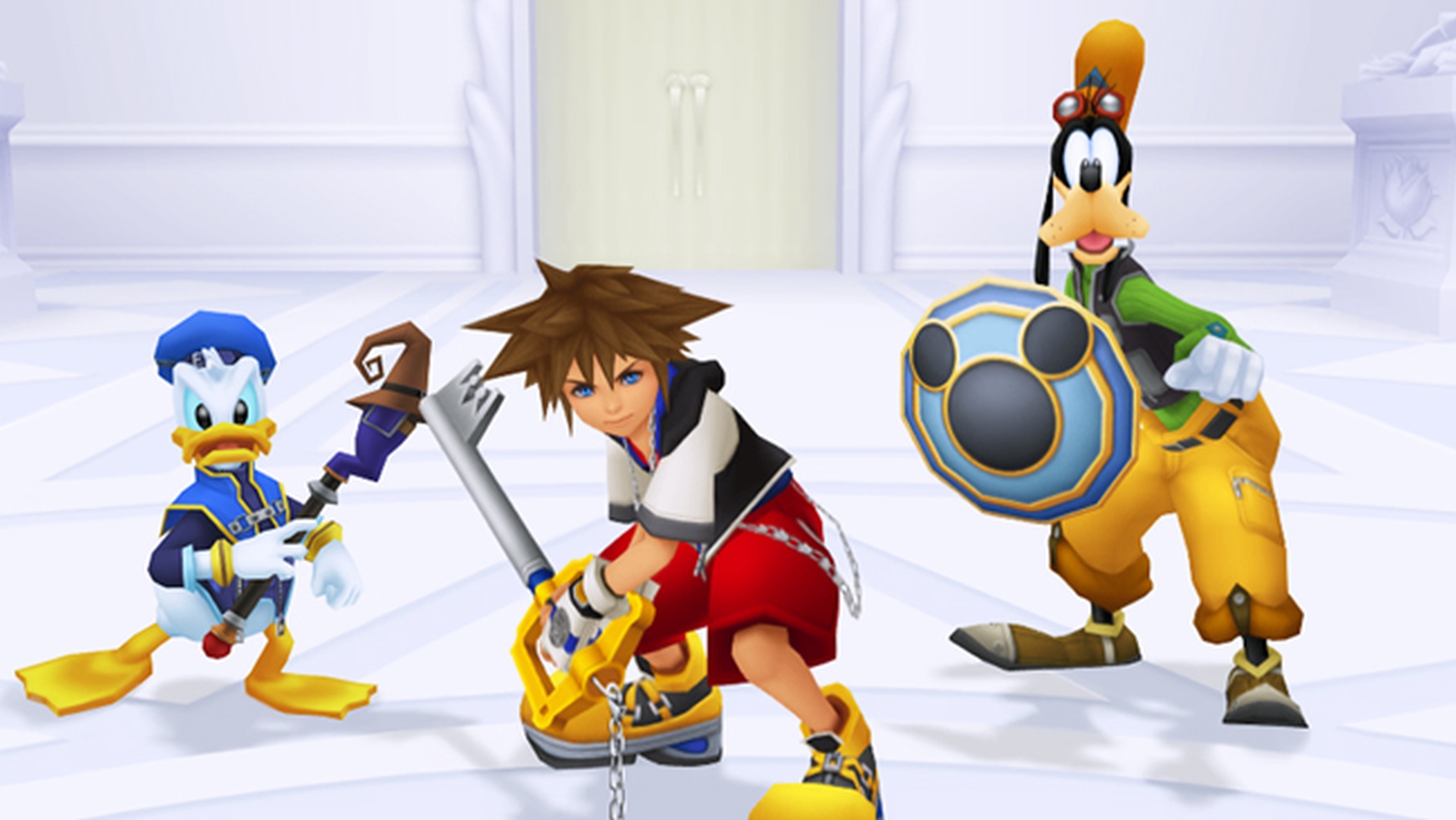
The most fortuitous event followed when Hashimoto found himself sharing a lift with a Disney executive, this then afforded Hashimoto the opportunity to give a literal elevator pitch about Squares new collaborative idea to Disney. Who knows what would’ve happened if Disney and Squaresoft did not happen to share an office building in Japan?
_1_(Art).png)
The origin of the title Kingdom Hearts followed Nomura’s original wish to simply name the game Kingdom, this name came after Nomura’s pondering about Disney’s theme parks, especially the Animal Kingdom. Yet Nomura could not secure the intellectual property with a name like Kingdom. It was later in development that hearts became a core story element, and it was from this came the idea for the title Kingdom Hearts. Developer Squaresoft would merge with fellow Japanese developer Enix in 2003, this meant that Kingdom Hearts was the last game that pre-merger Squaresoft made.
Originally, Disney wanted Mickey Mouse to lead the trio alongside Donald and Goofy. It was Square who insisted that the protagonist be human. This would explain Sora’s big shoes and white gloves and his general outfit looking like a battle suit that could belong to the famous mouse, hoho!!
According to Tetsuya Nomura, Sora was originally a sort of lion-human hybrid being with a rather intimidating Chainsword. Speaking of weapons, swords were originally meant to be the default weapon but Disney had reservations about the violence that swords represent, yet had no problem with Sora thwacking people with a giant key.25 years ago, Konami released one of their greatest games, Axelay, a classic shoot ’em up that features both horizontal and vertical scrolling stages much like Konami’s other shoot em up Life Force (Salamander).
Axelay is a special shoot em up for a number of reasons, it differs from traditional shooters. For example, it’s power-up system is unique for power-ups that are not collected during battle but are achieved through game progression. On the completion of each level, the player acquires a new weapon choice, which gives the player the opportunity to uniquely customise their ship, with its 3 weapon types, for subsequent stages.
Another unique aspect of Axelay is the hits that the player ship can withstand, traditionally shoot em’ ups allow for a no more than a single hit. Axelay, on the other hand, allows for multiple hits, each hit reducing the player’s weapon to a lesser type, if the ship is reduced down to its weakest weapon and then takes another hit, it is then destroyed. Still, direct crashes with walls and other ships etc. will result in immediate destruction.
What is particularly refreshing about Axelay’s vertical stages is its use of both Mode 7, which offers the scaling and turning of backgrounds and objects creating a pseudo-3D effect, and parallax scrolling that makes foreground images move left or right quicker than background images creating depth in a 2D scene.
Mode 7 controls the vertical scrolling while the player’s ship can pan left or right, this is where parallax scrolling comes in. The player can pan left continuously there is no set horizontal level space that you would see in a horizontal shoot ’em up like 1942, Twin Cobra or Sky Shark. This continuous panning of a stage world gives the impression of a much larger and expansive game environment. It is utilized in epic moments when the player ship has to fly through ever curving canyons or swerves to avoid enemy fire.
Axelay is easily one of the best games, let alone shooters, to grace the Super NES. It was originally meant to be a Japan exclusive, but so impressive was the game that critics and gamers outside of Japan made direct contact with Konami and encouraged them to create a North American localization.
If you were to complete the game twice on its toughest difficulty setting, you would be rewarded with a message promoting the future release of Axelay 2. Yet despite its high critical praise, the game sold pretty poorly and so Axelay 2 was scrapped.

32 years ago this week we saw the release of Super Mario Bros. in Japan in 1985.
SMB is a game that was all Shigeru Miyamoto, the famous game designer, not only designed it, he produced and directed it. It is the second game to feature Mario and the first game to feature Bowser and his princess swiping shenanigans, it would be the Japanese Famicoms final game before the incoming Famicom Disk System.
This game would introduce the Mushroom power-up, interestingly, this mechanic of ‘smaller Mario, bigger Mario’ came about through the initial design process where levels were designed around a much smaller simpler Mario who would eventually be made larger in the game’s final version. Designers then thought it would be fun to have Mario grow larger as an actual mechanic. The use of mushrooms was influenced by folk tales about people wandering into woodland and eating magical mushrooms.
There exists a breed of fungi called Amunita Muscaria, these are red and white mushrooms that which the famous Mario mushroom is based on. What is fascinating is the apparent psychoactive side effect of consuming these real-world fungi – two conditions known as Macropsia and Micropsia. Micropsia is the perceptive phenomena that create the illusion that nearby objects are a lot larger than they actually are, making the perceiver feel tiny. Conversely, Macropsia creates the illusion that nearby objects are tiny making the mushroom muncher feel like a giant. So, is it all in Mario’s head?

The opening level of SMB, World 1-1, is an example of instructional level design, or to be exact, a level of obstacles designed to not really challenge the player but help them get to grips with the basic controls and nature of challenges that will be faced in subsequent levels. For you see, instruction manuals were not cool! Or rather rare, and a waste of paper most of the time.
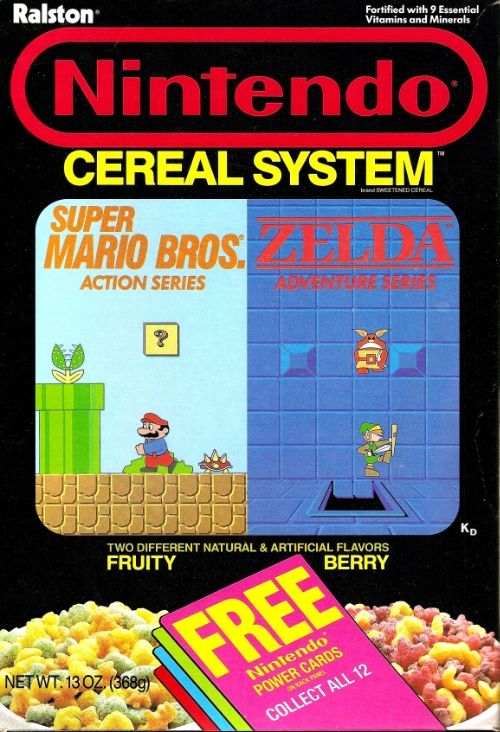
SMB was so popular that it gained its own breakfast cereal called the Nintendo Cereal System, I’m not kidding. It was one of two bags in a box of cereal known as the Super Mario Bros Action series which featured fruity cereal pieces based on Mario series power-ups and characters such as the 1-Up mushroom and the Goombas. The other bag was based on the adventures of Hyrule’s most famous son, Link and the Legend of Zelda called the Zelda Adventure series, of course, this cereal was more of the same, yet berry flavored with shields, keys, hearts, and boomerangs. Sadly, this breakfast/lunch/dinner cereal was discontinued in 1989. Boooo!
The origin of Mario’s name is interesting, in his first appearance in Donkey Kong he was rather blandly known as Jumpman. For Jumpmans next adventure the development team sat in an office in Nintendo’s American offices and pondered a more appealing name, it was at this time that they were interrupted by the building’s landlord who was demanding rent. His name was Mario Segale, and so the team had their new name.
The whole look of Mario came about through creative design in the face of graphical limitations of the hardware at the time. Mario has a hat, not because of his job or that he has a bit of a bald spot but because the realistic hair was difficult to portray. Mario has a mustache not because he’s some sort of stereotypical Italian but to accentuate his nose and he wears dungarees not because plumbing or carpentry are somewhat dirty jobs but to make his arm movements more noticeable.
Bowser too has an interesting origin story. Initial design drawings of Bowser were sketched by Shigeru Miyamoto himself, Miyamoto had originally designed Bowser to be an Ox. When the drawing was passed on to game animator, Yoichi Kotabe, he somehow misinterpreted the drawings and thought Bowser was a turtle.
Mario is easily the most recognizable video game icon of all time and in surveys has been declared more recognizable than Mickey Mouse. Since his first appearance in 1983’s Mario Bros., Mario has appeared in over 200 video games.




